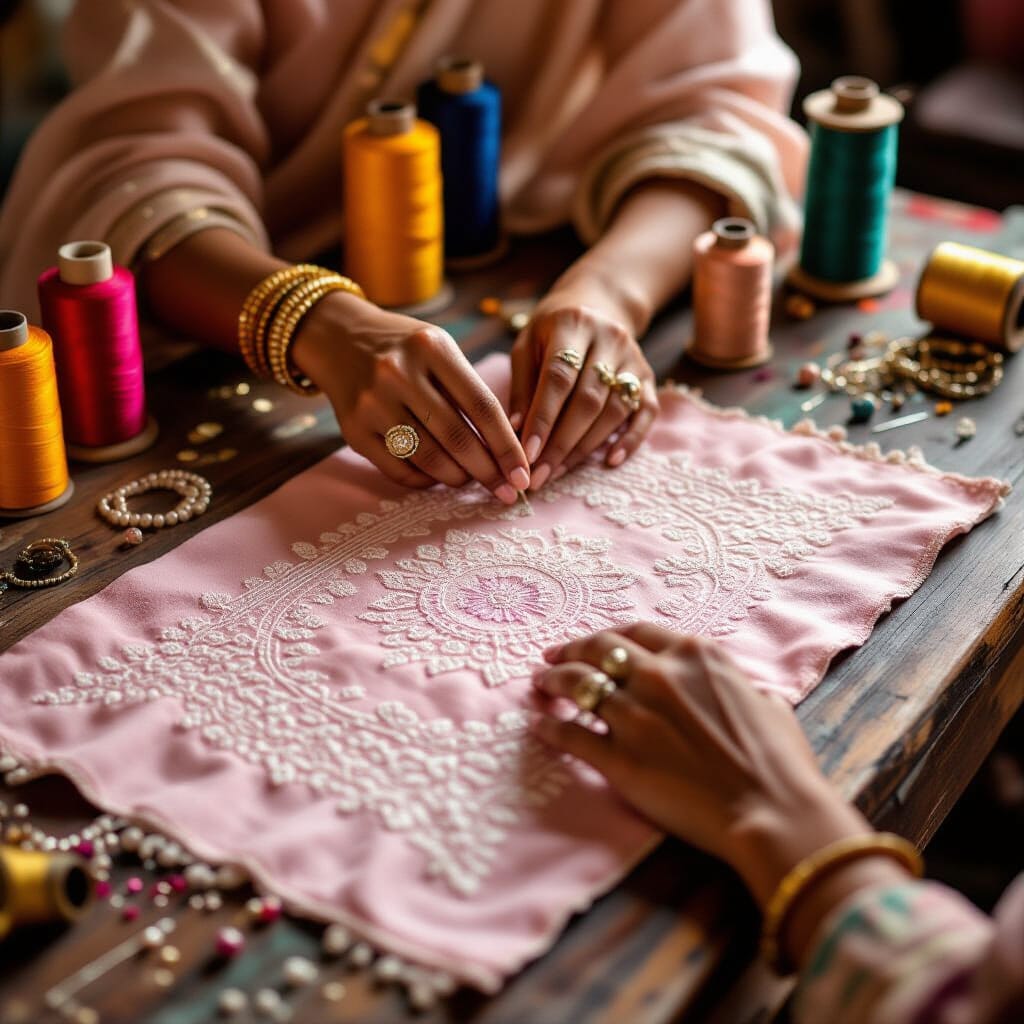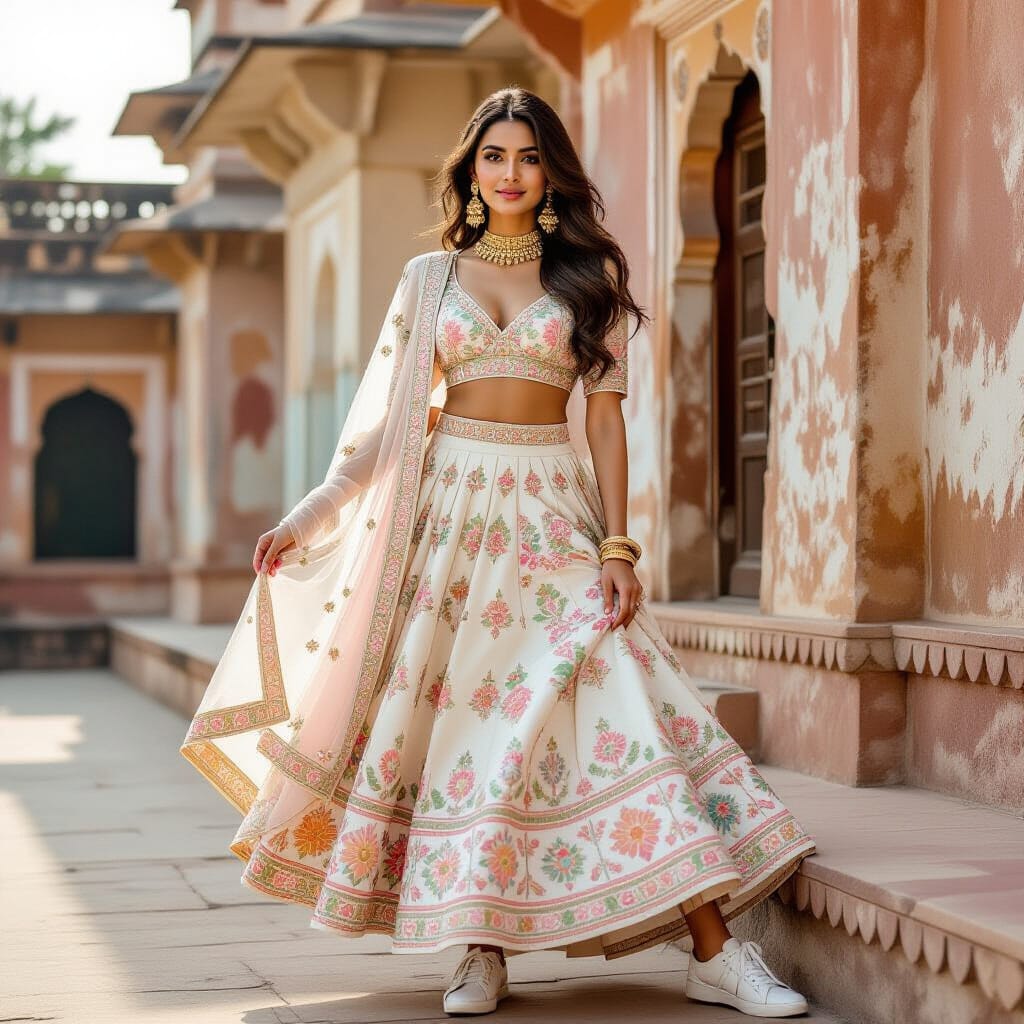When someone says the words ‘Indian fashion’, you don’t see clothes. You see colors that speak, fabric that whispers secrets of the ages, and prints that contain the beat of generations. Indian ethnic wear is no fleeting trend — it’s a jubilation to identify ourselves, our past, and the beauty of our roots.
Having been brought up in India, there is always some memory which you remember when it comes to traditional wear. It could be the first time that you had worn your mother’s silk saree, the lehenga on which you danced at your cousin’s wedding, or the new kurta that you wore on a celebration day. These are not just stitched with threads; they’re stitched with emotions, family tales, and belongingness.
A Symphony of Textures and Shades
Indian ethnic wear is itself a celebration. The shades are vividly bright but mixed harmoniously — a rich red wedding shade, the richness of turmeric yellow, the serenity of pale pink, the grandeur of royal blue. Each color conveys a meaning. Red is used most often to represent love and good fortune, and yellow represents new beginnings and joy.
And then, of course, there are the textiles. The wealthy sheen of Kanchipuram silk, the softness of handspun cotton, the lightness of chiffon’s drape, and the roughness of khadi’s touch — they’re all screaming where they’re from and what they represent. They’re not clothes; they’re cultural maps to wear.

The Icons of Ethnic Wear
There are certain dresses that transcend time, loved by every age:
The Saree – Whether it’s the six-yard sophistication of a Banarasi or the subtle sweetness of a Kerala Kasavu, the saree is the pinnacle of Indian closets. It’s comfortable, flattering, and timeless.
The Lehenga Choli – The show-stopper at weddings and high-society gatherings. From lavish zardozi work to playful mirror work, lehengas are party attitude.
Salwar Kameez & Anarkali – Elegance and comfort every day. Perfect for family gatherings, temple ceremonies, or looking just so put-together.
Sherwani & Kurta Pajama – For him, these are the epitome of dignity and refinement, embroidered turbans or stoles being the done thing.
The Magic of Handwork
Behind every original ethnic ensemble stands a craftsman’s passion. Rajasthan’s block print, Lucknow’s chikankari embroidery, Bengal’s handloom, Punjab’s phulkari rich — they are no longer crafts, but traditions. Every motif, every stitch, done out of love, with human hands imparting the touch, not machines.
Choosing ethnic fashion is also choosing such craftsmen, whose living is in continuing this tradition.
Modern Twists to Tradition
Now, designers are modernizing ethnic wear and making it hip and happening among youngsters. Sarees are matched with belts, lehengas with footwear, kurtas with jeans. There are green clothes for green consumers, lightweight wedding attire for destination weddings, and pastel shades for minimalists.
Ethnic wear has proved that it is possible to be timeless and trendy — something quite unthinkable in the fashion world.

Why It Will Always Matter
In a world so crazy to be modern, ethnic dress tells us to calm down. Tells us to reacquaint ourselves with the festive spirit, family, and culture. When you wear a saree or sherwani, you don’t just wear cloth; you don’t just wear clothes; you wear history, sweat, and a piece of India’s heart.
That’s why ethnic Indian fashion isn’t just about looking beautiful. It’s about feeling like you’re part of something bigger — a tradition that will never fade, no matter how much the world changes.
Recommend0 recommendationsPublished in Uncategorized





